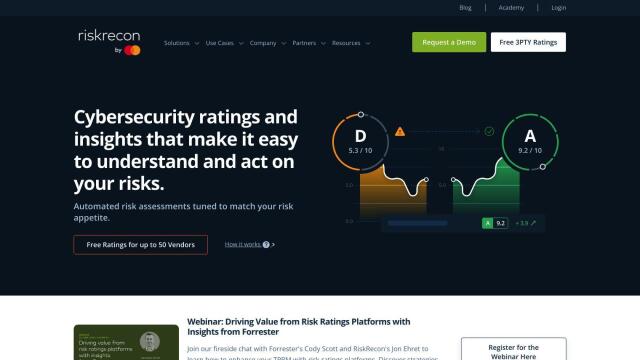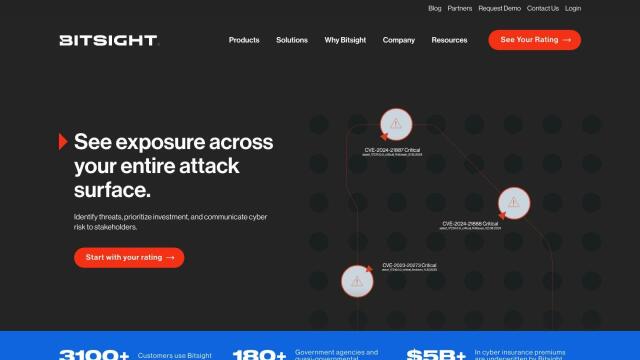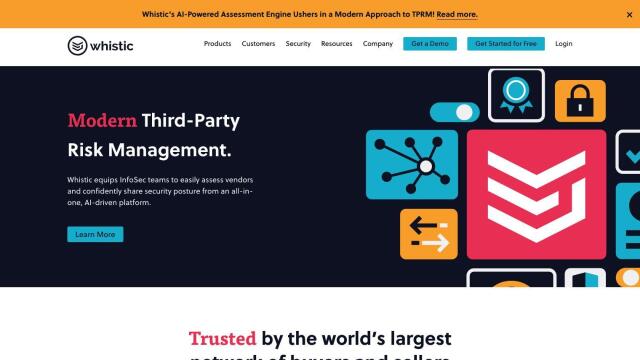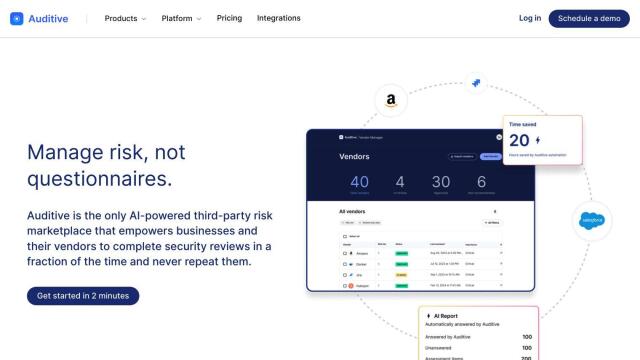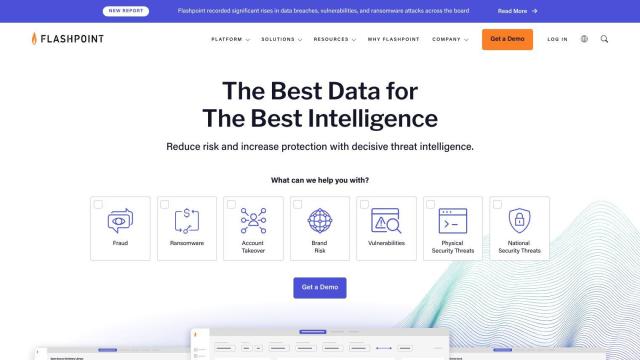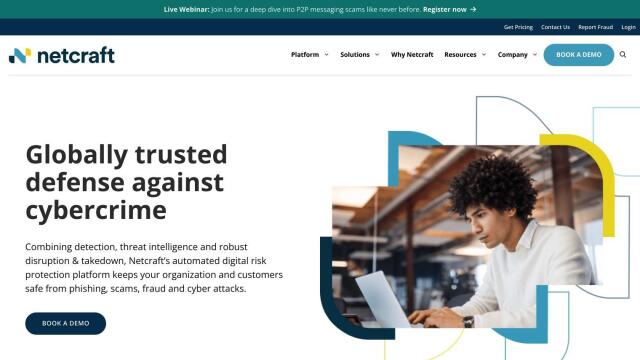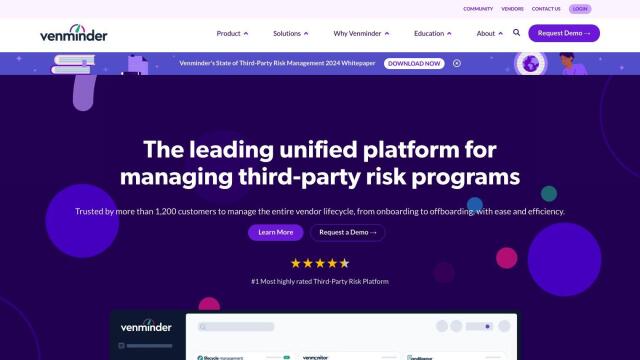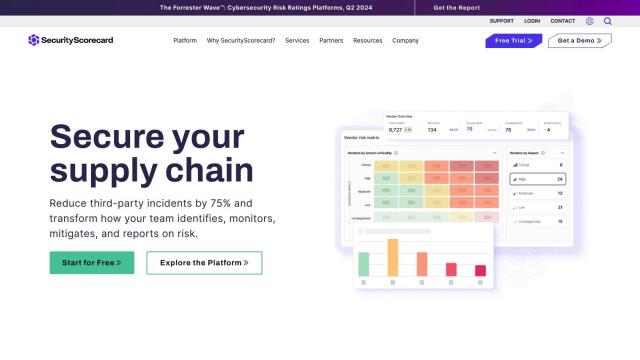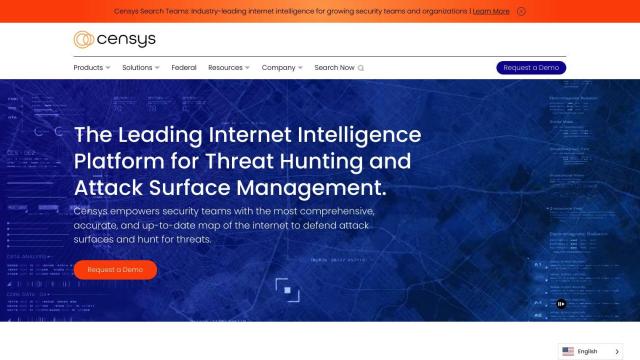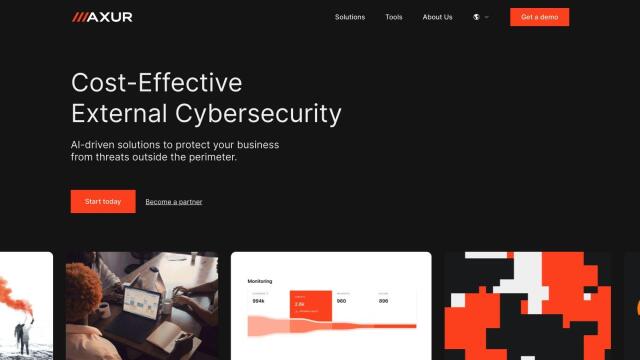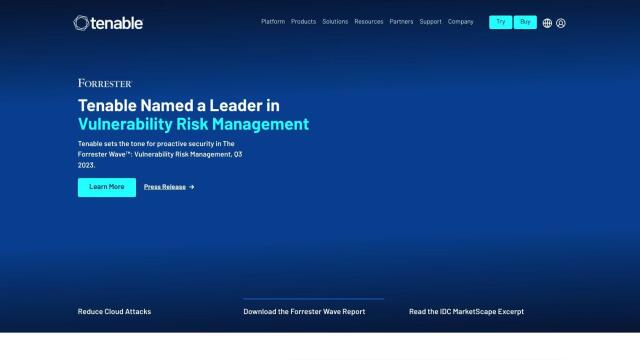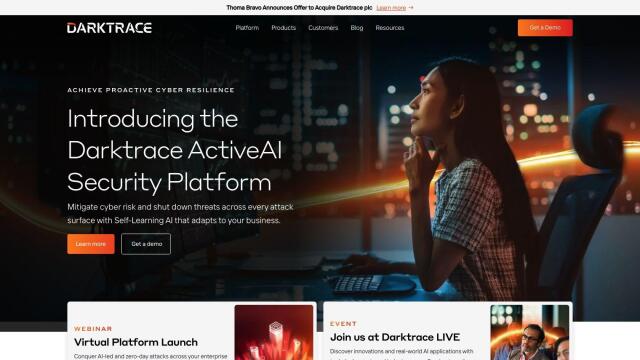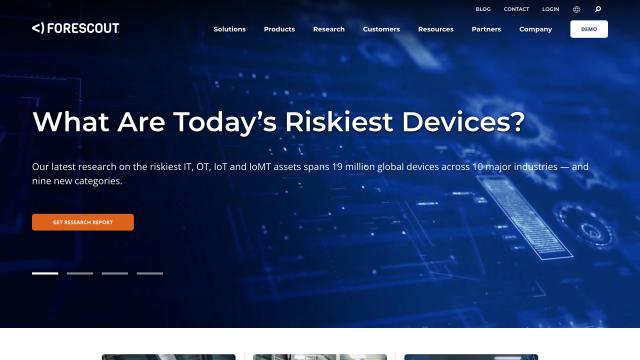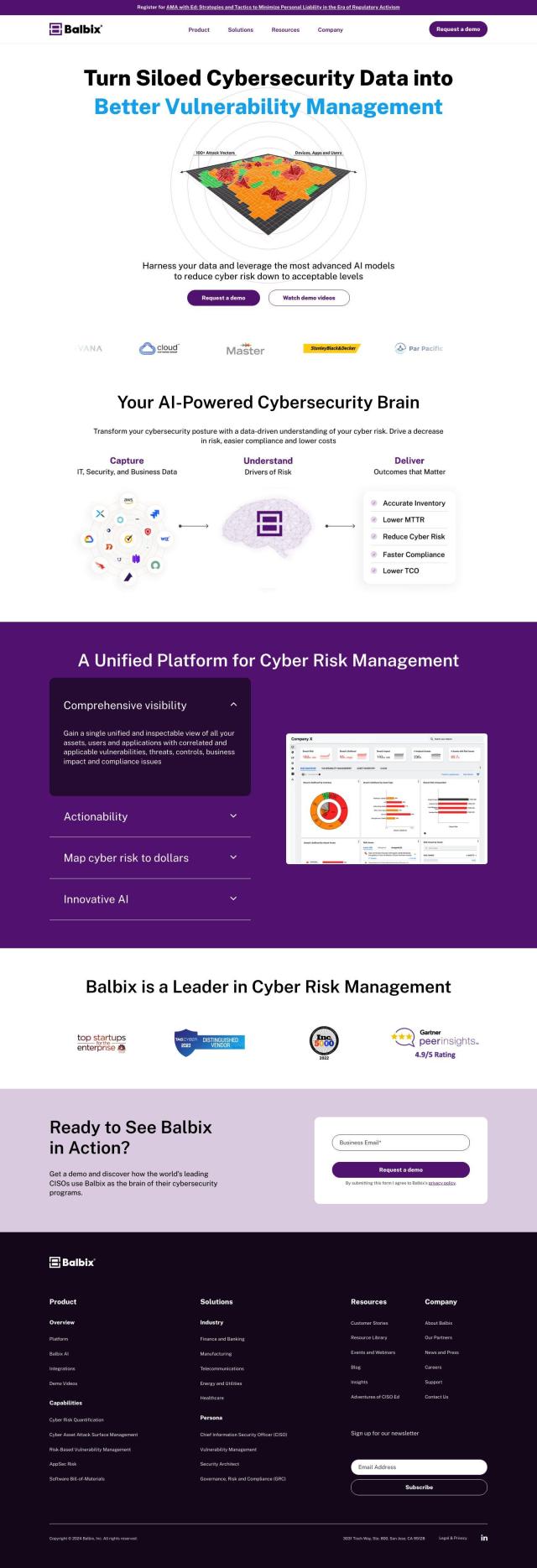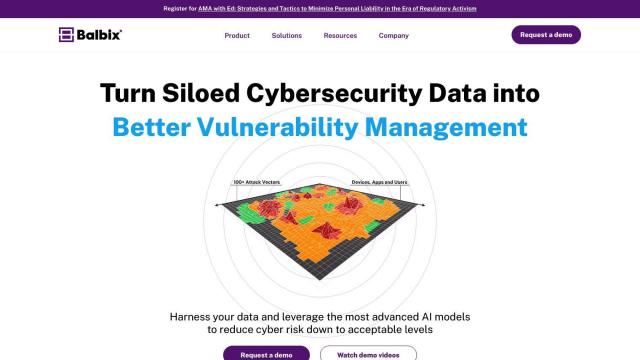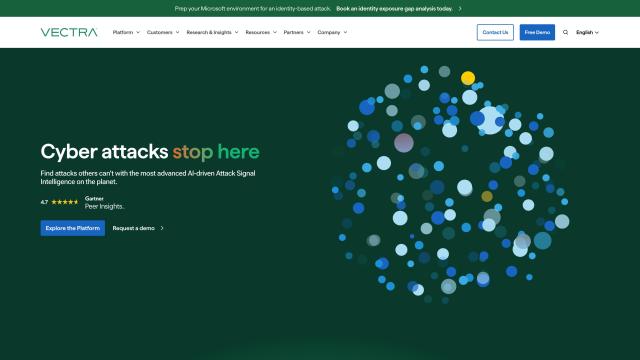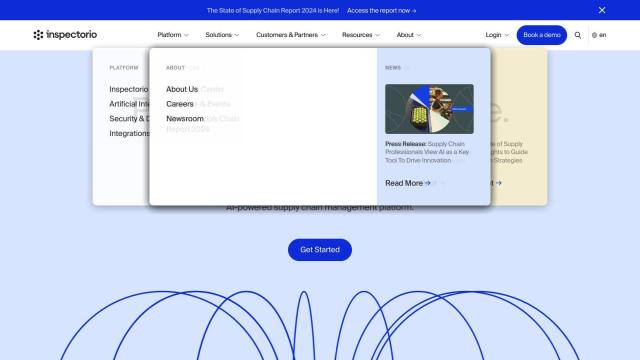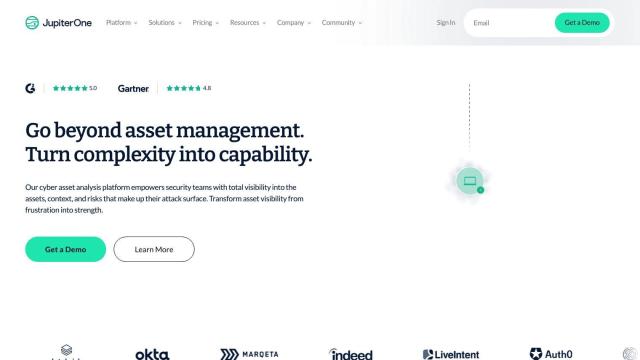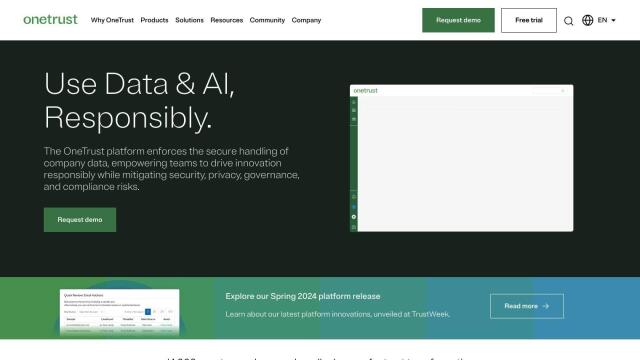Question: How can I continuously monitor external threats to my vendors and suppliers, including cyber and operational risks?

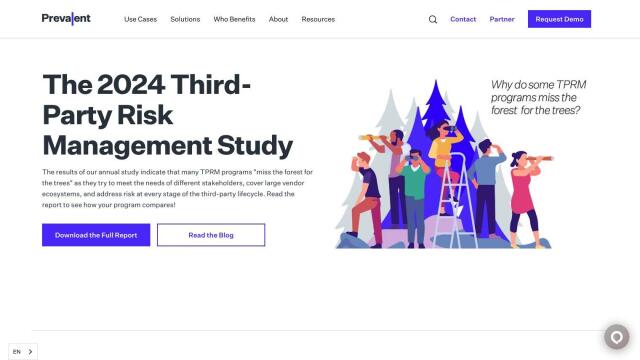
Prevalent
Prevalent offers a third-party risk management platform that uses AI and automation to evaluate and manage security risks to your vendors and suppliers. Its features include vendor risk assessment, monitoring, supplier risk management, compliance and AI-powered capabilities. It's geared for industries like finance, healthcare, insurance and retail, and is designed to be scalable and efficient for third-party risk management through due diligence collection, contextual risk reporting and risk remediation.

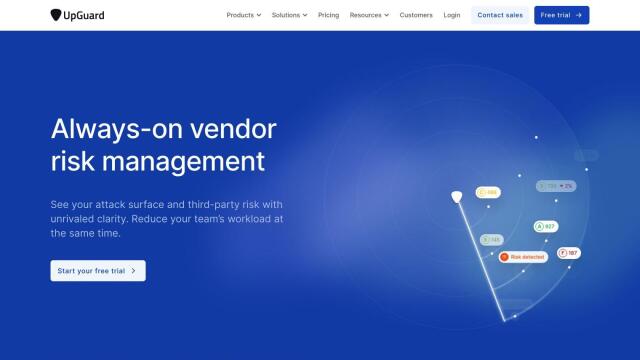
UpGuard
Another good option is UpGuard, which offers a third-party risk and attack surface management platform. It constantly monitors millions of companies and billions of data points each day, giving you visibility through automated scanning, evidence analysis and questionnaire insights. UpGuard offers real-time alerts, real-time scanning of domains and IP, and data leak detection through proprietary sources and dark web scanning, making it a good option for third-party security posture management.

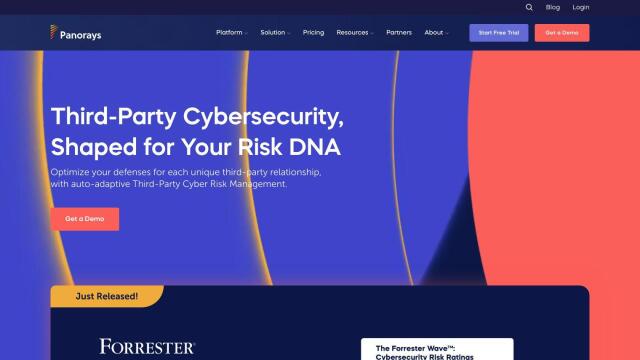
Panorays
Panorays also deserves a look for its real-time Risk DNA rating for third-party connections and continuous supply chain detection and monitoring. The platform offers actionable threat alerts, vendor self-guiding plans and detailed risk assessments, all designed to improve your cybersecurity with AI-powered questionnaire validations and contextual risk assessments. That makes Panorays a good option for companies that want to improve their third-party risk management and overall cybersecurity.

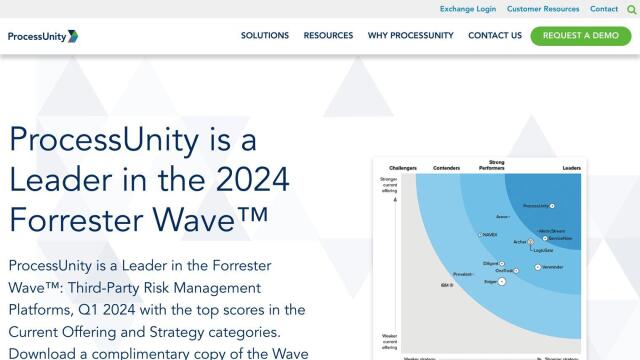
ProcessUnity
For automated risk lifecycle management, ProcessUnity is also worth a look. It can handle vendor onboarding, assessments and monitoring with customizable questionnaire templates and risk-based post-contract monitoring. The platform's highly customizable workflow and AI-powered tools for third-party risk management make it a good option for companies that want to automate their TPRM processes.

